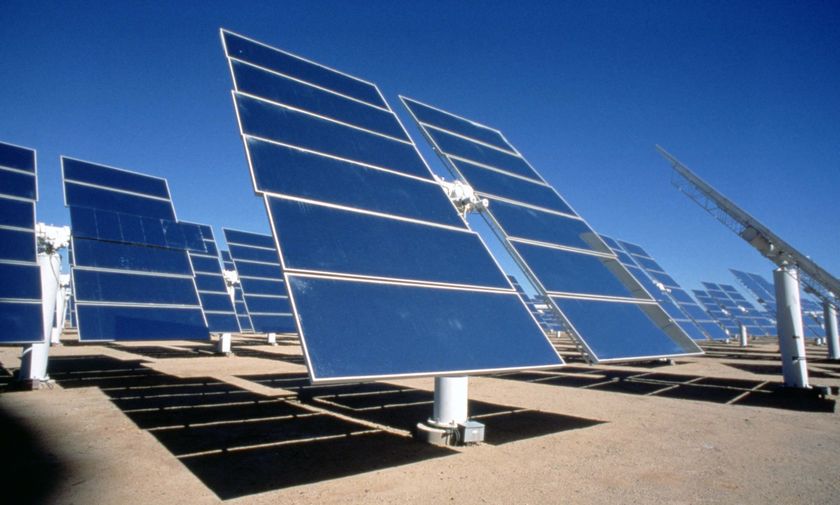Solar Energy
Solar Energy is the energy that is produced by the sun in the form of heat and light. It is one of the most renewable and readily available source of energy. The fact that it is available in plenty and free and does not belong to anybody makes it one of the most important of the non-conventional sources of energy. Solar energy has been used by people since ancient times by using simple magnifying glasses to concentrate the light of the sun into beams so hot they would cause wood to catch fire.
Mainly, Solar energy can be used to convert it into heat energy or it can be converted into electricity. Solar energy can be converted into electricity by means of solar thermal energy and photovoltaic. Through Solar Photovoltaic (SPV) cells, solar radiation gets converted into DC electricity directly. This form of energy can be used to power solar watches, calculators or traffic signals. They are often used in locations that are not connected to electricity grid. Solar heat energy can be used to heat water or space heating which means heating the space inside the building.
Solar energy can be broadly categorized as active or passive solar energy depending on how they are captured and utilized. In active solar energy special solar heating equipment is used to convert solar energy to heat energy whereas in passive solar energy the mechanical equipment is not present. Active solar include the use of mechanical equipment like photovoltaic cells, solar thermal collectors or pumps and fans to trap the solar energy. Passive solar technologies convert solar energy to heat energy without use of active mechanical systems. It is mainly the practice of using windows, walls, trees, building placement and other simple techniques to capture or deflect the sun for use. Passive solar heating is a great way to conserve energy and maximizing it's utilization. An example of passive solar heating is what happens to your car on a hot summer day.
Environmental Impact
Although Solar energy is considered to be one of the cleanest and most renewable sources of energy among the available sources it has some environmental impacts. Solar energy uses photovoltaic cells to produce solar power. However, manufacturing the photovoltaic cells to produces that energy requires silicon and produce some waste products. Inappropriate handling of these materials may lead to hazardous exposure to humans and the environment. Installing solar power plants may require large piece of land, which may impact existing ecosystems. Solar energy does not pollute the air when converted to electricity by solar panels. It is found in abundance and does not help in global warming.
Future Of Solar Energy
Future Of Solar Energy
Solar technology is now poised to play a larger role in the future, thanks to new developments that could result in lower costs and improved efficiency. In fact, the solar PV industry aims to provide half of all new U.S. electricity generation by 2025. More and more architects are recognizing the value of active and passive solar and learning how to effectively incorporate it into building designs. Solar hot water systems can compete economically with conventional systems in some areas. Perhaps the future is here now. Shell has predicted that 50% of the world's energy will come from renewable sources by 2040. In recent years manufacturing costs of photovoltaic cells has dropped by 3-5% per year while government subsidies have increased. While to some such facts about solar energy seem trivial, this makes solar energy an ever-more affordable energy source. In the next few years it is expected that millions of households in the world will be using solar energy as the trends in USA and Japan show. Aggressive financial incentives in Germany and Japan have made these countries global leaders in solar deployment for years.

No comments:
Post a Comment